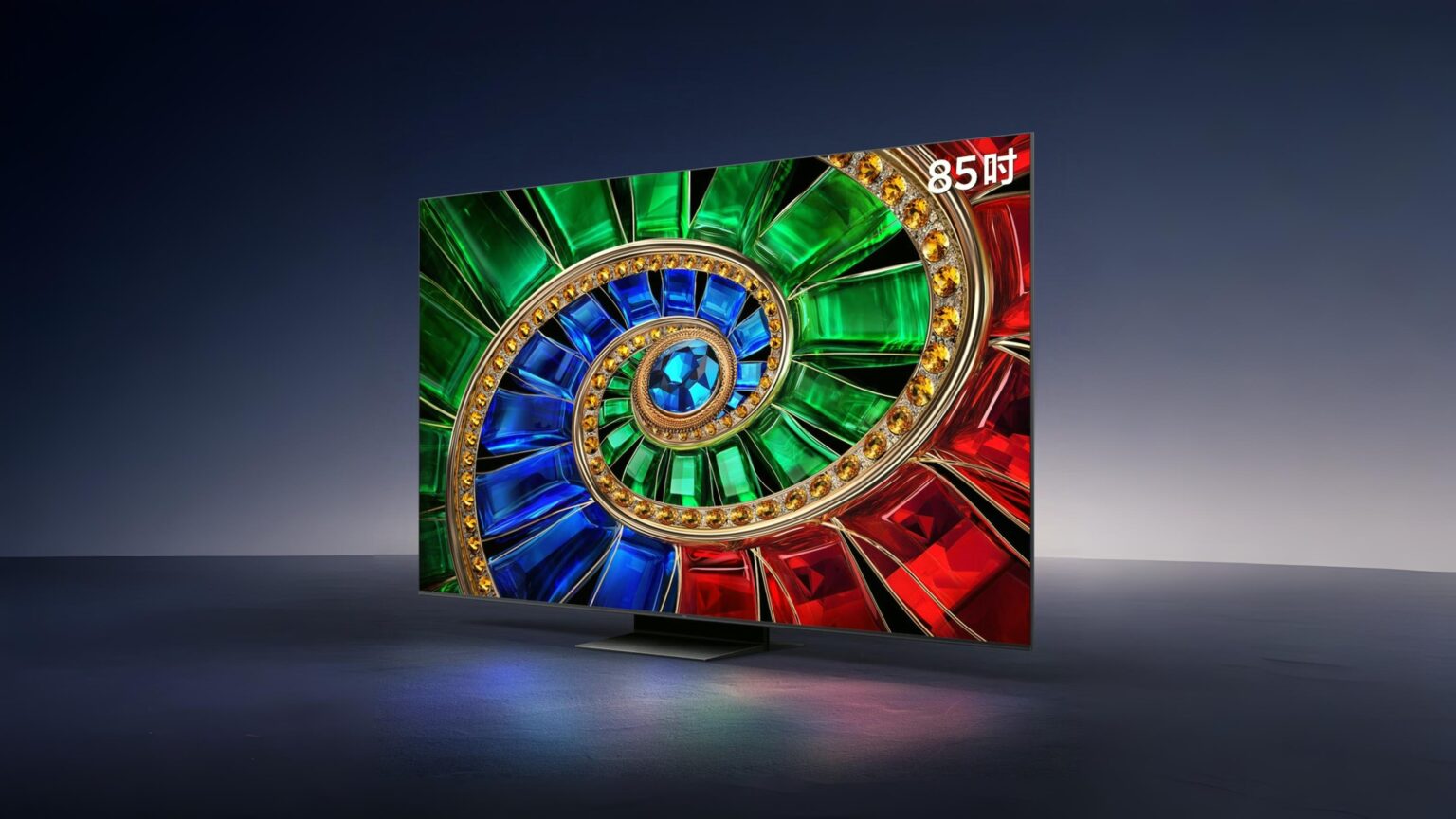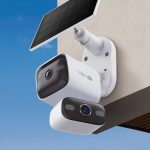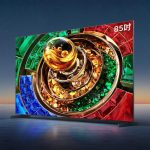TCL has officially launched its Q9M RGB Mini LED TV series, pushing the boundaries of premium home entertainment technology. With next-generation Mini LED backlighting, high-end picture processing, and a host of smart features, the Q9M lineup aims to set a new benchmark in the global television market.
TCL Q9M RGB Mini LED Technology
The TCL Q9M series leverages an advanced RGB Mini LED backlight system, offering ultra-precise control over brightness and contrast. Unlike conventional LED or basic Mini LED designs, the Q9M’s RGB approach ensures:
- Finer local dimming zones with improved black levels.
- Enhanced peak brightness, reaching up to 3,000 nits for HDR highlights.
- Accurate color reproduction, bringing cinematic-grade visuals to living rooms.
This technology also reduces halo effects, ensuring crystal-clear detail even in scenes with extreme contrast.
Display Performance and HDR Capabilities
The Q9M series is built for 4K Ultra HD resolution with support for the latest HDR formats, including:
- HDR10+
- Dolby Vision IQ
- HLG (Hybrid Log Gamma)
The combination of Mini LED with Quantum Dot color filters enables a wide DCI-P3 color gamut coverage of over 97%, delivering lifelike and vibrant visuals. Motion handling is further optimized with 144Hz native refresh rate and MEMC technology, making it a perfect fit for both fast-paced movies and gaming.
Gaming Features: Next-Gen Ready
TCL has targeted gamers directly with the Q9M, integrating HDMI 2.1 ports that support:
- 4K 144Hz VRR (Variable Refresh Rate)
- ALLM (Auto Low Latency Mode)
- FreeSync Premium Pro
- Low input lag under 5ms
This ensures smooth, tear-free gameplay, even in demanding titles. The combination of Mini LED backlighting and high refresh rates makes the Q9M series one of the most gaming-friendly TVs in its category.
TCL Q9M Design and Build Quality
The Q9M adopts a frameless metal design with ultra-slim bezels, allowing maximum screen-to-body ratio. TCL has emphasized premium aesthetics with:
- Brushed aluminum frame
- Integrated cable management
- Slim wall-mount profile
The Q9M series is available in multiple sizes, including 65-inch, 75-inch, 85-inch, and 98-inch models, catering to a wide range of viewing environments.
Smart TV Features and Software
The Q9M runs on TCL’s proprietary OS with support for Google TV, depending on regional availability. Key features include:
- Built-in Google Assistant and Alexa
- Support for Apple AirPlay 2 and HomeKit
- Wide selection of streaming apps: Netflix, Disney+, Prime Video, YouTube
- Smart home integration for IoT devices
With Wi-Fi 6 and Bluetooth 5.2, users can enjoy faster wireless connectivity for streaming, casting, and external device pairing.
Audio Performance
TCL has equipped the Q9M with an integrated Hi-Fi audio system, co-engineered with Onkyo for a cinematic soundstage. Highlights include:
- 2.1.2 channel speaker system
- Dolby Atmos support
- DTS Virtual:X technology
The inclusion of upward-firing speakers ensures immersive surround sound without requiring additional hardware.
Energy Efficiency and Longevity
Thanks to its Mini LED backlight efficiency, the Q9M consumes less power compared to traditional LCD TVs with similar brightness output. The RGB Mini LED modules are designed for longer lifespan and reduced heat output, making them both eco-friendly and reliable.
TCL Q9M Series Price and Availability
TCL has officially rolled out the Q9M TVs in China, with international availability expected soon. The pricing is highly competitive, considering the premium specifications:
- 65-inch model: ¥8,999 (approx. $1,230)
- 75-inch model: ¥12,999 (approx. $1,780)
- 85-inch model: ¥18,999 (approx. $2,600)
- 98-inch model: ¥29,999 (approx. $4,100)
With these aggressive prices, TCL positions the Q9M series as a direct rival to Samsung Neo QLED and Sony Mini LED TVs.
TCL Q9M Competitive Edge
Compared to its competitors, the TCL Q9M series offers:
- Higher brightness levels than many Samsung and LG counterparts.
- Better price-to-performance ratio against Sony’s premium Mini LED TVs.
- Next-gen gaming compatibility beyond most 2024–2025 models.


